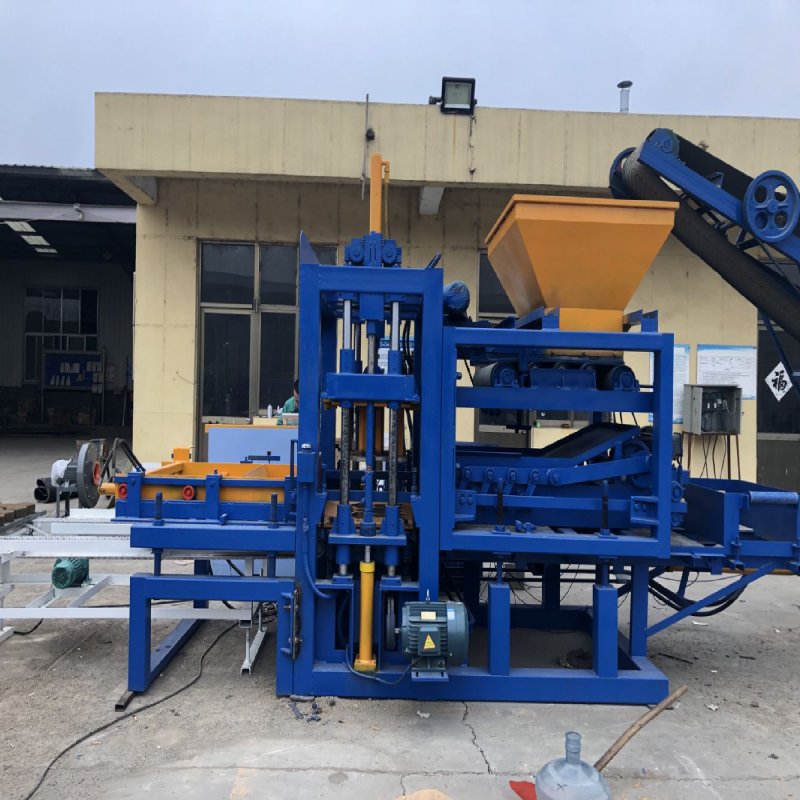
Traditional brick making, an ancient and time-honored craft, holds a special place in the history of human architecture.
The art of shaping clay into durable bricks has been passed down through generations, contributing to the construction of some of the most iconic structures worldwide.
Despite advancements in technology and the rise of automated manufacturing, traditional brick making continues to be cherished for its unique craftsmanship and cultural significance.
This essay celebrates the timeless allure of traditional brick making, exploring its historical context, artistic expressions, sustainable attributes, and its role in preserving heritage for generations to come.
A Historical Legacy: Tracing the Origins of Traditional Brick Making
The history of brick making dates back to antiquity, with evidence of clay bricks found in ancient Mesopotamia around 6000 BCE.
From the Indus Valley Civilization to Ancient Egypt, the use of clay bricks spread across civilizations, leaving an indelible mark on architectural history.
The Romans further advanced brick-making techniques, introducing fired bricks and utilizing them in vast construction projects like the Roman baths, aqueducts, and amphitheaters.
Their methods laid the foundation for modern brick production.
Brick-making techniques flourished during the Middle Ages in Europe.
The iconic red brick buildings of medieval cities such as Bruges and Florence exemplify the exquisite craftsmanship and artistry of traditional brickwork.
Artistic Expressions in Brickwork: Craftsmanship and Design
Traditional brick making is characterized by skilled craftsmanship that embraces handmade techniques.
From soft-mud molding to hand-laid brickwork, each step in the process reflects the dedication and expertise of the artisans.
Traditional brickwork allows for a plethora of bonding patterns, including common bond, Flemish bond, and English bond.
These patterns, combined with artistic variations, create unique and captivating façades that stand as architectural treasures.
Traditional brickwork often incorporates intricate decorative elements, such as corbelling, dentil courses, and patterned brickwork.
These features add depth and character to buildings, enhancing their aesthetic appeal.
Sustainability and Enduring Strength
Clay, the primary material in traditional brick making, is abundant and environmentally friendly.
It is a renewable resource that can be harvested responsibly without causing significant ecological harm.
Traditional brick structures have stood the test of time, enduring for centuries and weathering the elements.
The inherent durability of fired clay bricks reduces the need for frequent maintenance and replacements.
Brick structures possess excellent thermal mass, meaning they can absorb, store, and slowly release heat.
This quality enhances energy efficiency, regulating indoor temperatures and reducing heating and cooling demands.
Preserving Cultural Heritage and Identity
Traditional brick buildings often serve as symbols of cultural heritage and identity.
Their distinctive styles and unique brickwork patterns reflect the aesthetics and traditions of the communities they belong to.
Preserving traditional brick making ensures the continuity of ancient craftsmanship techniques and keeps alive the skills passed down through generations.
This connection to heritage nurtures a sense of cultural pride and appreciation for historical practices.
Traditional brick making is essential for preserving and restoring historical buildings.
Authentic bricks, crafted using traditional methods, are crucial for maintaining the historical accuracy and integrity of these structures.
The allure of traditional brick making lies not only in its historical significance but also in its enduring beauty and sustainability.
Throughout millennia, traditional brick craftsmanship has shaped iconic structures, leaving an architectural legacy that withstands the test of time.
The artistry of handcrafted brickwork, the flexibility of bonding patterns, and the sustainable nature of fired clay bricks continue to inspire awe and admiration. Moreover, traditional brick making plays a vital role in preserving cultural heritage, allowing us to connect with the past while forging a path to a more sustainable future.
By embracing the timeless craftsmanship of traditional brick making, we honor our architectural legacy and ensure that its beauty and significance endure for generations to come.
